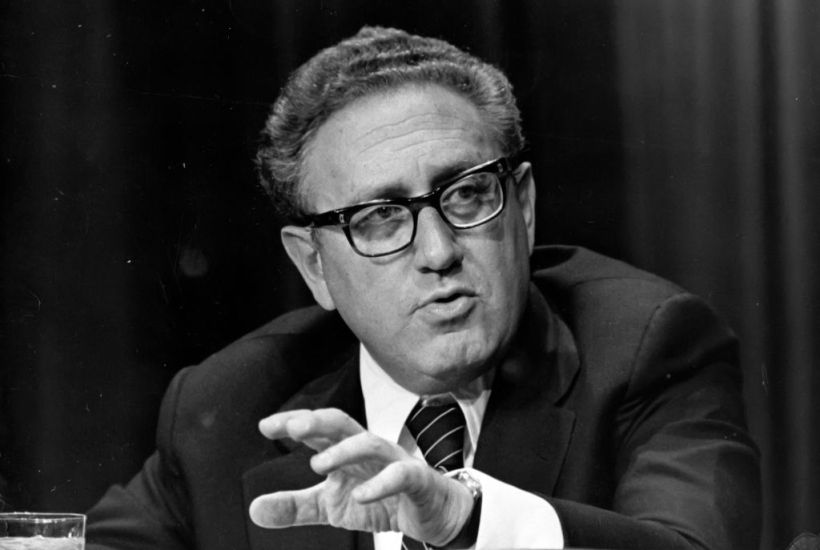The leading advocate of world order died at a time when it all appeared to be coming undone. Henry Kissinger spent the last months of his century-long life travelling to China to temper escalating tensions with the United States, pushing for negotiations to end a war begun by Russia in Ukraine (he made his first intervention on this war in The Spectator last year), and watching as Israel and Hamas entered a new death struggle.
Already a subscriber? Log in
Subscribe for just $2 a week
Try a month of The Spectator Australia absolutely free and without commitment. Not only that but – if you choose to continue – you’ll pay just $2 a week for your first year.
- Unlimited access to spectator.com.au and app
- The weekly edition on the Spectator Australia app
- Spectator podcasts and newsletters
- Full access to spectator.co.uk
Or




















Comments
Don't miss out
Join the conversation with other Spectator Australia readers. Subscribe to leave a comment.
SUBSCRIBEAlready a subscriber? Log in